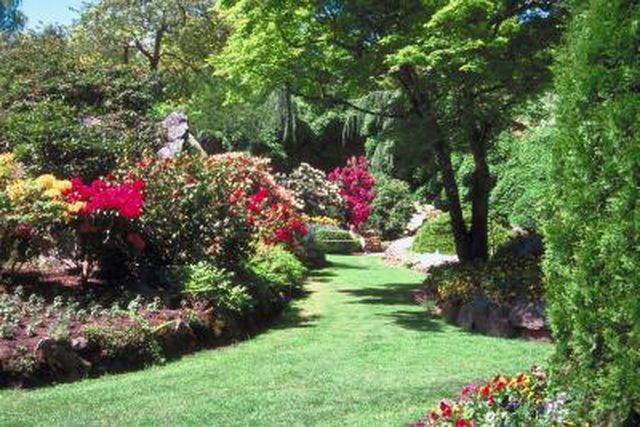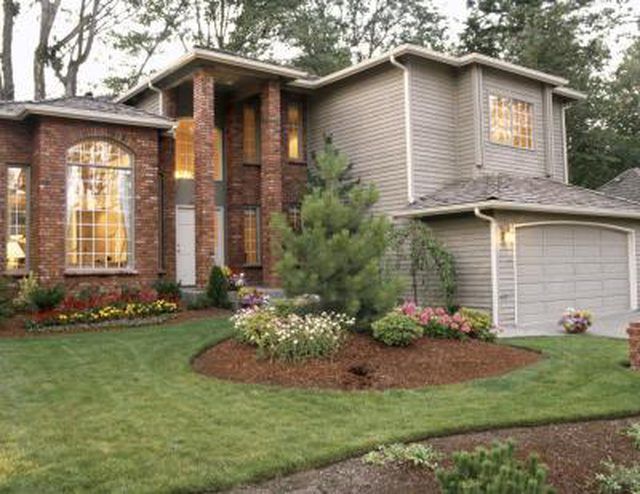Bulbs
Flower Basics
Flower Beds & Specialty Gardens
Flower Garden
Garden Furniture
Garden Gnomes
Garden Seeds
Garden Sheds
Garden Statues
Garden Tools & Supplies
Gardening Basics
Green & Organic
Groundcovers & Vines
Growing Annuals
Growing Basil
Growing Beans
Growing Berries
Growing Blueberries
Growing Cactus
Growing Corn
Growing Cotton
Growing Edibles
Growing Flowers
Growing Garlic
Growing Grapes
Growing Grass
Growing Herbs
Growing Jasmine
Growing Mint
Growing Mushrooms
Orchids
Growing Peanuts
Growing Perennials
Growing Plants
Growing Rosemary
Growing Roses
Growing Strawberries
Growing Sunflowers
Growing Thyme
Growing Tomatoes
Growing Tulips
Growing Vegetables
Herb Basics
Herb Garden
Indoor Growing
Landscaping Basics
Landscaping Patios
Landscaping Plants
Landscaping Shrubs
Landscaping Trees
Landscaping Walks & Pathways
Lawn Basics
Lawn Maintenance
Lawn Mowers
Lawn Ornaments
Lawn Planting
Lawn Tools
Outdoor Growing
Overall Landscape Planning
Pests, Weeds & Problems
Plant Basics
Rock Garden
Rose Garden
Shrubs
Soil
Specialty Gardens
Trees
Vegetable Garden
Yard Maintenance
Is Landscape Fabric Necessary?
Is Landscape Fabric Necessary?. Many people ask if they need landscaping fabric when they start a landscape project, or just after landscape fabric has been installed either by themselves or a professional. In a word, the answer is “no,” but we'll look at why it is installed, why it is not necessary, and what could be used instead.

Many people ask if they need landscaping fabric when they start a landscape project, or just after landscape fabric has been installed either by themselves or a professional. In a word, the answer is "no," but we'll look at why it is installed, why it is not necessary, and what could be used instead.
The Purpose of Landscape Fabric
Landscape fabric is generally put down as a weed barrier around new plants such as shrubs or flowers, to protect their fragile root systems until they are well established and no longer need the protection. Some kind of mulch, such as bark chips or gravel, is usually placed on top of the fabric to make it look "natural." Theoretically, the weed barrier should be removed once the plants are established and can fend for themselves. However, ask yourself when is the last time you saw a landscaper removing weed barrier from previous projects. The answer is probably never.

Common Problems
The problem with using landscaping fabric as a weed barrier is that it doesnít allow nutrients and sometimes water to get to the plants you are trying to grow. Even if you are placing it under decorative rock, within a year or two it will start to fray and degrade, and the weeds will come through anyway, as noted by the University of Arkansas Division of Agriculture. Given the expense of most landscaping fabrics, this amounts to money and time wasted, which most people canít afford. In the meantime, you are also starving the soil underneath of nutrients, and making it ripe for weeds that donít need as many nutrients as cultivated plants.
A Better Alternative
The best weed barrier is a good, natural mulch such as untreated bark or shredded leaves and twigs, or other thriving cultivated plants to out-compete the weeds. A thick mat of leaves will effectively block anything trying to grow under it and according to OrganicGardening.com, they will biodegrade to feed your soil at the same time. For really stubborn weed patches, try applying a thick layer of pine needles, or duff, as the acid content in them will prevent most anything from growing. Just beware that over time, this may change the pH of the soil in that area to be more acidic than most shrubs and flowers can handle.
When to Use Lanscape Fabric
The only reason to use landscaping fabric is for temporary purposes, such as when you are trying to kill existing weeds or grass in a certain area, in order to plant something else there the next spring or fall. However, even in those cases, a roll of black or clear plastic from the hardware store is much less expensive and does a better job of killing the plant life beneath it. If itís meant to be "permanent," such as under decorative rock, just be aware that it will have to be replaced every few years.
Why It's Still Used
Many professional landscapers still use it because their customers demand it-- they want new landscaping to be weed-free from the get-go with no hassles. However, 3 to 12 months later, that fabric may be tearing or completely ineffective. As with everything else, do your research and donít be afraid to speak up when something seems too expensive or unnecessary.